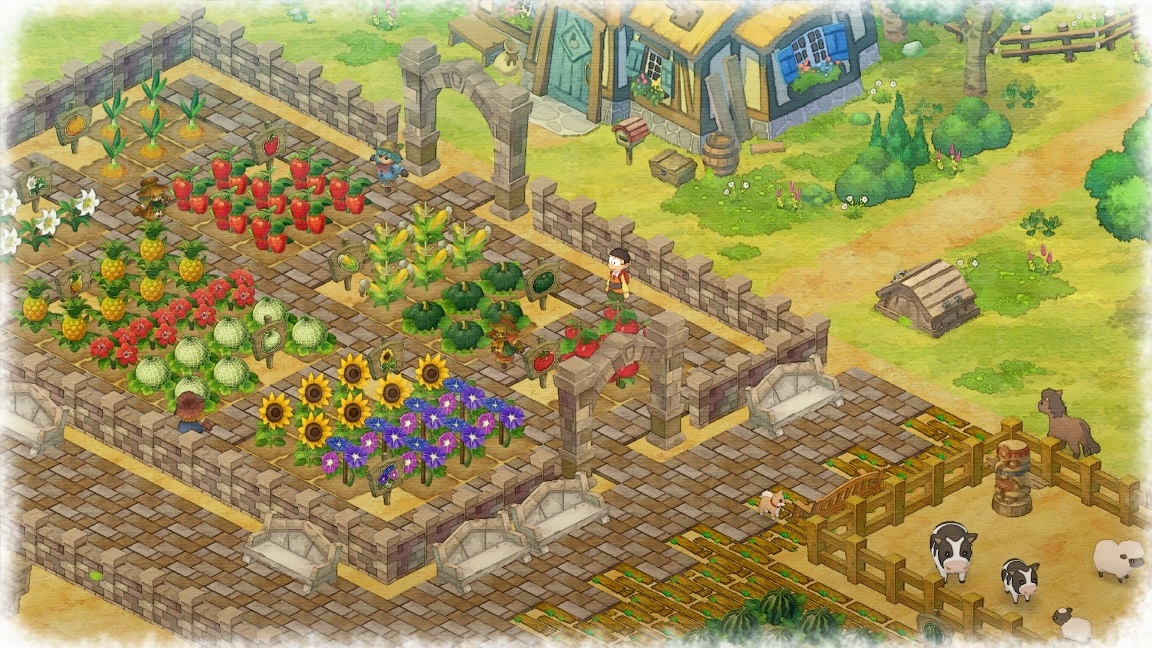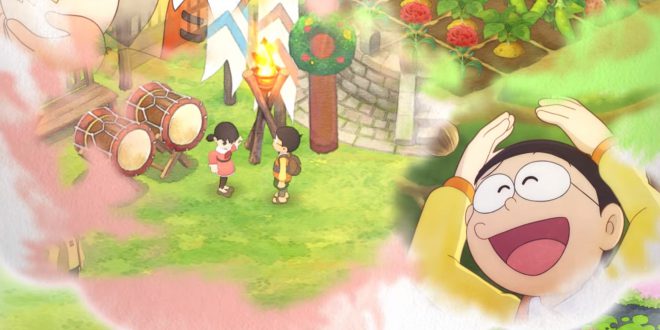

In the early summer the First and Second Gangs prepared the fields for planting, turning over the soil with hoes.
#SUGAR STORY OF SEASONS DRIVERS#
Overseers and drivers had whips, and they used them to force enslaved people to work harder. White owners and overseers watched over all of these processes, and enslaved ‘drivers’ also organised work. After perhaps twenty years in the Second Gang, a person now about 40 years old would appear old and worn out, and would join other old people and young children in the Third Gang (the ‘Grass Gang’), which weeded the crops, and gathered weeds and grass as feed for animals. Young men and women joined the First Gang in their late teens, once they were strong enough, but within ten or twelve years the hard work had wrecked their bodies and they were relegated to the Second Gang, which worked hard but not as hard as the First Gang. Therefore we cannot take these pictures at face value, and must always remember how terribly hard this work was. But we must remember that the artist who created these pictures wanted to make the system look good: they were defending slavery, trying to show people back in Britain that it wasn’t too bad. There are picture from this period, showing sugar agriculture and production. The sugar plantation was both a farm and a factory, and enslaved men, women and children worked long days all year round. They sowed, tended and harvested the crop, and then worked to extract the juice from the sugar cane and boil and process the juice in order to turn it into sugar and molasses, and later they might work to distil some of the waste products into rum. But on Caribbean and American plantations enslaved labourers had to do everything.

Europeans were used to growing crops such as wheat, which they then harvested and sent to other people who would turn the crop into flour. Hundreds of thousands of enslaved men, women and children were brought from Africa to the Caribbean and America so that Europeans could have sugar and rum, the main products of sugar cane. Sugar agriculture was very profitable and it quickly spread throughout the Caribbean and to Louisiana and Mississippi in North America. English planters first began growing sugarcane in Barbados in the 1640s, using a mixture of convicts and prisoners from the British Isles and enslaved people from Africa.


 0 kommentar(er)
0 kommentar(er)
